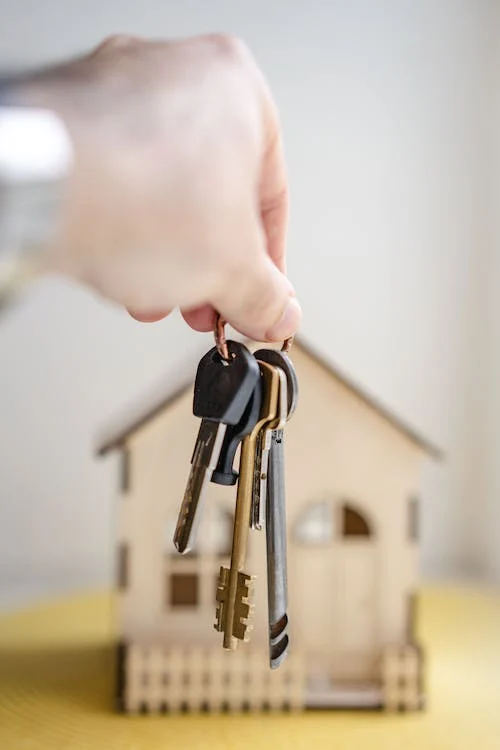The real estate business is a major one and shows no signs of slowing down. However, as a first-time buyer or renter, you might be unsure of the things you need to check for before purchasing the home – and any home inspector or real estate agent will tell you to check everything that relates to the property.
Since purchasing a home is a major investment, you need to look at all the details before the purchase happens. While a professional home inspector can cover some of the issues to look out for, they cannot cover everything – and that makes a checklist important. You will have a better chance of slowly ticking off what you need to look for.
If this is your dilemma and you are unsure of where to begin, read on for the things you need to look out for and see the results.
General inspection aspects
Before starting to check on any specifics, a general inspection is important to make sure that everything is in good working order. This will cover the basics of the home, such as plumbing, the roof, the electrical system, the foundation, and everything else that makes the home what it is.
You will need to ensure the place is functional when you move in, so a home inspector will go over the entire place. They usually begin with the outer part of the building and then move inside.
Some of the issues that frequently show up on the exterior parts of the house include:
- Window problems
- Failing or leaking roof
- Trim and wood rot
- Issues with the structures of porches and decks
- Bulkhead issues
- Re-pointing or cracking chimneys
- Grading issues
When they get inside, the firs place they check is the basement – this is an area that holds the largest potential when it comes to issues in the home. In fact, the basement is probably the source of more than 80% of problems in a home, as many components are within this space. These include the electrical panel, heating system, structural support, the foundation, and all plumbing pipes.
Some of the issues that can stem from the interior include:
- Skylight or window seals that is broken
- Leaking pipes surrounding the boiler
- An outdated air electrical system
- Electrical problems such as grounding issues, lack of GCFI protection, and doubt tapped breakers
- Foundational cracks
Overall, there can be an entire host of additional issues that can lead to other problems. If the owner is advertising the house as ‘selling this property as is’, then you need to exercise extra caution when doing the home inspection and all aspects that relate to it.
Mold issues
It is understandable that the prospect of finding out a potential home has mold issues can freak out any home buyer, and any home inspection needs to include a mold search because it is a cause of concern for many buyers. What many buyers do not know though, is that all homes will end up with mold somewhere in their vicinity, either inside or outside the house.
This seems scary, but it is important to note, even when looking for a professional mold testing in Texas New York, North Carolina, South Carolina and other US states to do the job. Anywhere that moisture manages to get into the home can have issues with mold, but not all these issues are equal – for some areas where mold is located, it is a simple thing to remedy and the owner can gladly take it up.
Therefore, in case you find a mold problem in the house, avoid freaking out over it unless the realtor and inspector will inform you otherwise, depending on how severe it is. Mold can occur in different forms in a home, and some can be serious hazards while others are begin.
When it comes to the forms of mold you need to worry about, a specific type known as Stachybotrys chartarum is the most toxic and common type – and you need to deal with it immediately.
Different mold inspection companies will have different costs for scanning and remedying mold issues, so it is advisable to get multiple bids from different providers. In case you need additional advice there are a number of things to look out for when dealing with mold issues before buying a home.
Radon
Aside from calling a mold inspection team and a general home inspector, it is very important to also check for radon. This is a radioactive material that can be within the soil that surrounds a home, as well as the soil below. If its concentration is high, then it poses a health risk to the home’s inhabitants.
Homes are usually enclosed structures as well, and this can lead to trapping of the radon, which eventually endangers the lives of everyone living there.
In order to know the levels of radon present, a radon inspection needs to be done. If there are dangerous levels of the substance, there are corrective measures that can be taken to reduce the levels. According to the US EPA, the action level of radon is 4 pCi/L, and any levels above that need corrective measures immediately.
The good news is that some companies specialize in removing and reducing radon levels in homes, and the process is also easy. Most specialists, in fact, will tell you that they can reduce these levels to less than 2 pCi/L through installation of a mitigation system to handle the substance.
Insects and pests
If you are purchasing an older home, it is normal to deal with occasional problems with ants or a mouse. However, high numbers of these insects and pests are a sign of serious infestation – and you need to know about these issues before moving in.
Lead paint
This is mostly an issue in older houses, and will not pose a threat unless ingested – however, the owner has an obligation from the law to inform you if there is lead paint in the home.
Final thoughts
There are many things to look at when you are purchasing a home, aside from mold issues – so it is important to look into various mold remedial and other inspection services that can do the task on your behalf.


